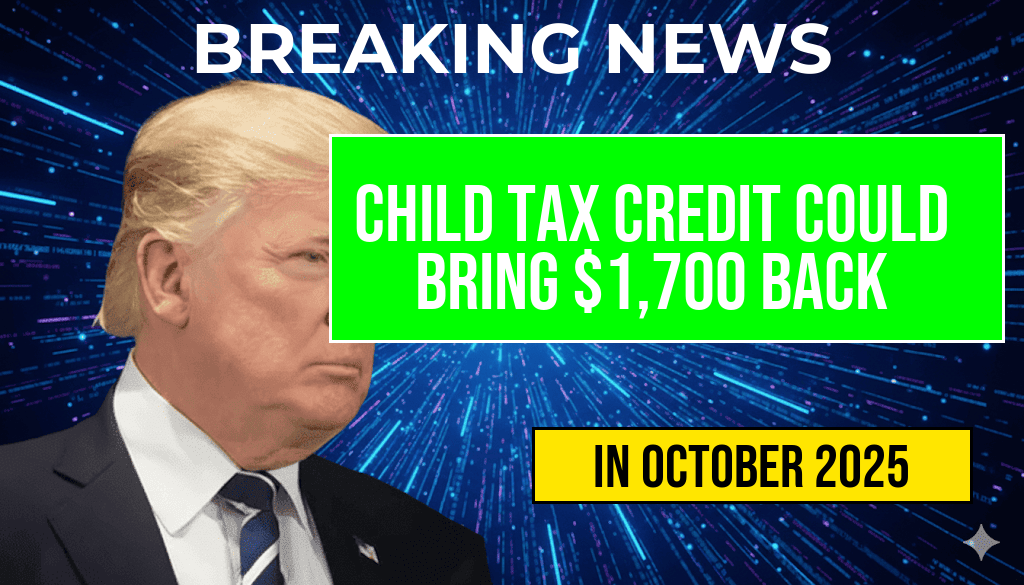Former President Donald Trump has recently voiced support for allowing high-risk cryptocurrency investments within 401(k) retirement plans, a move that could significantly reshape how Americans approach their retirement savings. Trump’s endorsement marks a notable shift in the ongoing debate over the role of volatile assets like Bitcoin and other digital currencies in long-term investment portfolios. Advocates argue that such inclusion could offer higher growth potential, while critics warn of increased risks that could jeopardize retirees’ financial security.
As the debate heats up, financial regulators and retirement plan administrators are scrutinizing the implications of integrating cryptocurrency trading into mainstream retirement accounts. Trump’s comments come at a time when digital assets are gaining mainstream acceptance, but their high volatility continues to spark controversy over whether they belong in conservative investment vehicles like 401(k)s. The proposal, if adopted, could open a new frontier for retirement investors seeking diversification but also raises questions about oversight, transparency, and investor protection.
Background on Cryptocurrency in Retirement Planning
Over the past decade, cryptocurrency has transitioned from a niche financial innovation to a globally recognized asset class. While some early adopters have enjoyed substantial gains, the asset’s inherent price swings have led many financial advisors to caution against heavy exposure, especially within long-term retirement accounts. Currently, most 401(k) plans restrict investments to traditional assets such as stocks, bonds, and mutual funds, with few offering options for digital currencies.
Proponents of including cryptocurrencies in 401(k) plans argue that digital assets possess unique qualities that can bolster portfolio diversification. They point out that Bitcoin and other cryptocurrencies are uncorrelated with traditional markets, potentially serving as hedges during economic downturns. Several financial firms have begun offering cryptocurrency investment options for retirement accounts, but widespread acceptance remains limited due to regulatory uncertainties and concerns over volatility.
Trump’s Position and the Rationale Behind It
Donald Trump’s recent statements advocate for a more permissive approach to cryptocurrency inclusion in retirement plans, emphasizing the potential for higher returns. During a recent rally, Trump highlighted that allowing investors to allocate a portion of their 401(k) funds to digital currencies could empower individuals to take control of their financial futures and capitalize on the burgeoning digital economy.
“People should have the freedom to choose their investments,” Trump stated. “Cryptocurrencies are here to stay, and if people want to include them in their retirement portfolios, they should be able to do so without unnecessary restrictions.”
This stance aligns with broader efforts among some policymakers and industry leaders to modernize retirement investment options, but it also sparks debate over the appropriateness of exposing retirement savings to high-volatility assets. Critics caution that the unpredictable nature of cryptocurrencies could lead to substantial losses, especially for retirees nearing or in retirement who may not have the time to recover from market downturns.
Regulatory and Industry Response
The prospect of integrating cryptocurrency investments into 401(k) plans has elicited a mixed response from regulators, industry groups, and financial advisors. The Securities and Exchange Commission (SEC) and the Department of Labor (DOL) have expressed cautious interest, emphasizing the importance of investor protection and transparency. The DOL, in particular, has historically been wary of allowing high-risk assets within retirement accounts, citing concerns over fiduciary responsibilities.
Several major retirement plan providers are currently exploring ways to incorporate cryptocurrencies, either through direct investment options or via funds that include digital assets. However, they face hurdles related to custody, valuation, and regulatory compliance. Industry experts note that any move toward broader acceptance must include robust safeguards to prevent fraud and mitigate risks associated with digital asset volatility.
Potential Benefits and Risks
| Advantages | Risks |
|---|---|
| Enhanced diversification potential | High volatility leading to significant losses |
| Potential for higher long-term returns | Lack of comprehensive regulatory oversight |
| Access to emerging digital economy assets | Limited track record within retirement portfolios |
| Improved portfolio resilience during traditional market downturns | Possible liquidity issues and valuation challenges |
Supporters believe that, with proper risk management, integrating cryptocurrency could serve as a catalyst for portfolio growth and innovation. Conversely, critics emphasize that the high risk and uncertain regulatory landscape make digital assets unsuitable for the conservative nature of retirement savings, especially for those approaching retirement age.
Looking Ahead
The push to include cryptocurrencies in 401(k) plans remains a contentious topic. While some industry stakeholders see potential in expanding investment options to include digital assets, regulators continue to prioritize safeguarding investors from the inherent risks. As policies evolve, retirees will need to weigh the allure of high returns against the possibility of substantial losses.
Consumers interested in digital assets are advised to conduct thorough research and consult with financial professionals to understand the risks involved. The debate surrounding cryptocurrency in retirement accounts is likely to intensify as digital currencies become more integrated into mainstream financial systems. For those seeking to learn more about the regulatory landscape, resources such as the Wikipedia page on U.S. retirement plans and industry analyses from Forbes can offer valuable insights.
Frequently Asked Questions
What is the main proposal discussed in the article regarding 401(k) retirement plans?
The article discusses former President Trump’s proposal to allow high-risk cryptocurrency investments to be included in 401(k) retirement plans, which are typically conservative investment options.
Why does Trump support including cryptocurrencies in 401(k) plans?
Trump supports this inclusion because he believes cryptocurrencies can provide diversification and potentially higher returns for retirement investors, despite the increased risk.
What are the potential risks associated with adding high-risk investments like cryptocurrencies to 401(k) plans?
The article highlights that cryptocurrencies are highly volatile and can lead to significant losses, posing a risk to retirement savings, especially for risk-averse investors.
How might this proposal impact the regulation of 401(k) investment options?
If implemented, the proposal could lead to broader investment choices within 401(k) plans, potentially prompting increased regulatory oversight of high-risk assets included in retirement accounts.
What are the key arguments against allowing high-risk investments like cryptocurrencies in 401(k) plans?
Opponents argue that high-risk investments could jeopardize retirement security for many Americans, and that cryptocurrencies are too speculative and volatile for inclusion in long-term savings plans.






